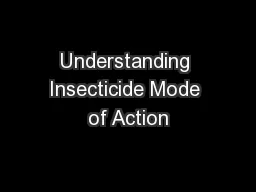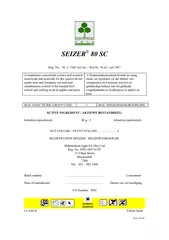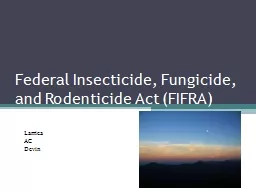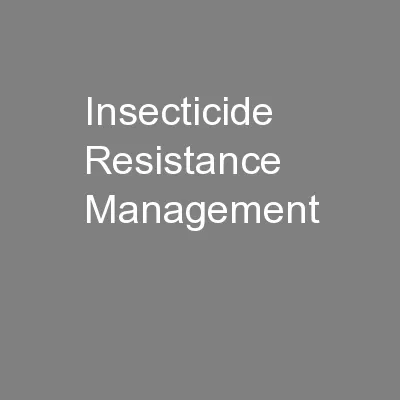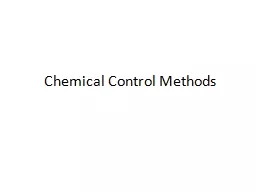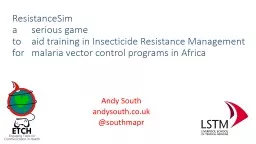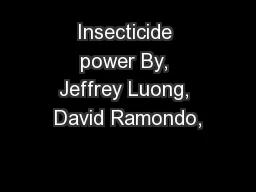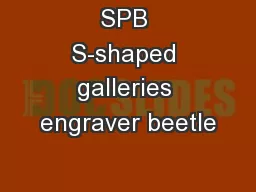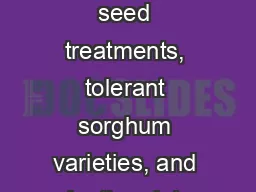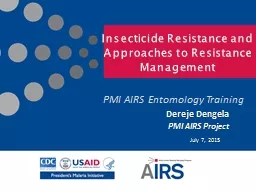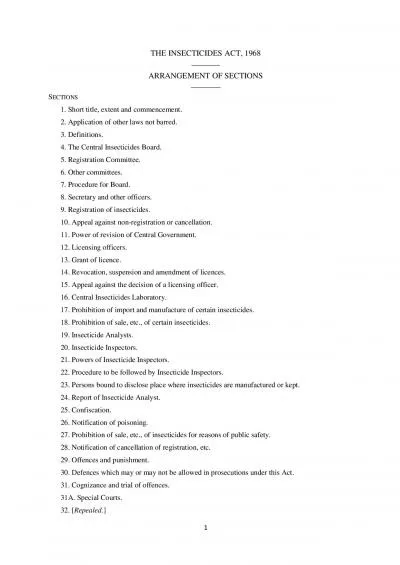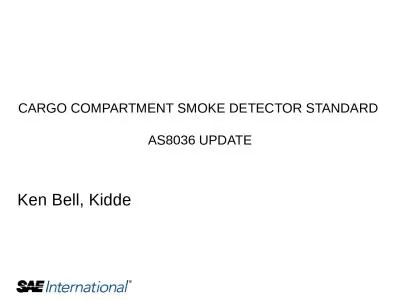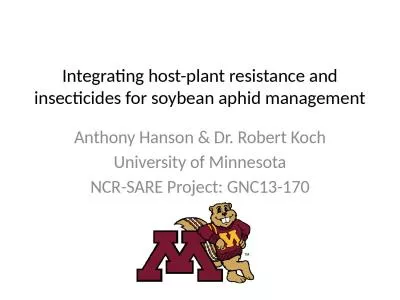PPT-Understanding Insecticide Mode of Action
Author : celsa-spraggs | Published Date : 2018-12-18
in Crop Protection Strategies Caydee Savinelli Annual Crop Protection School 2015 2 Insect Resistance Experts estimate that there are over 500 species of insects
Presentation Embed Code
Download Presentation
Download Presentation The PPT/PDF document "Understanding Insecticide Mode of Action" is the property of its rightful owner. Permission is granted to download and print the materials on this website for personal, non-commercial use only, and to display it on your personal computer provided you do not modify the materials and that you retain all copyright notices contained in the materials. By downloading content from our website, you accept the terms of this agreement.
Understanding Insecticide Mode of Action: Transcript
Download Rules Of Document
"Understanding Insecticide Mode of Action"The content belongs to its owner. You may download and print it for personal use, without modification, and keep all copyright notices. By downloading, you agree to these terms.
Related Documents

